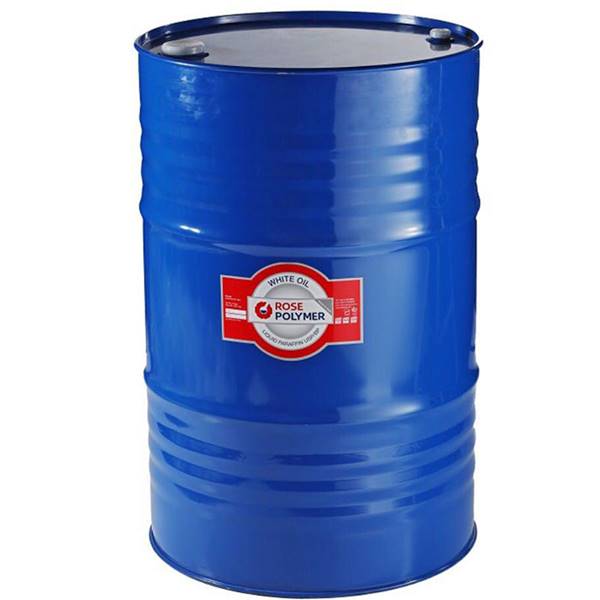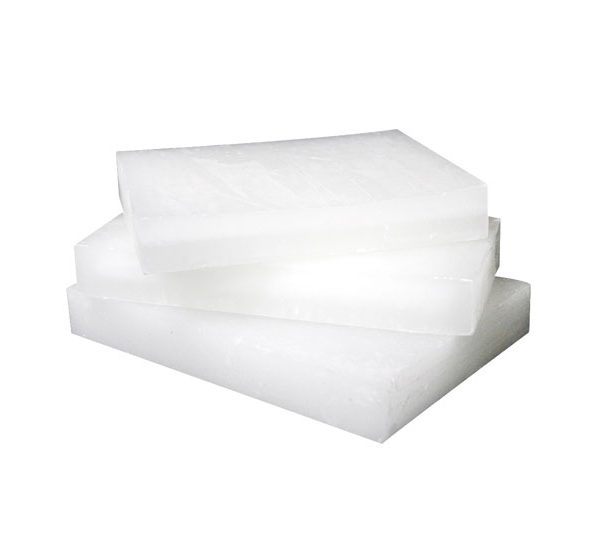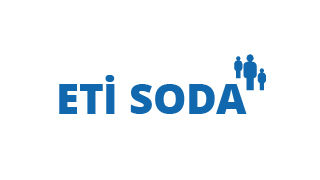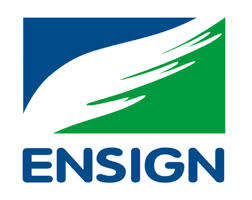Medical, pharmaceutical and personal care applications
A bottle of glycerin purchased at a pharmacy
Personal lubricants commonly contain glycerol
Glycerol is an ingredient in products such as hair gel
Glycerol suppositories used as laxatives
Glycerin is mildly antimicrobial and antiviral and is an FDA approved treatment for wounds. The Red Cross reports that an 85% solution of glycerin shows bactericidal and antiviral effects, and wounds treated with glycerin show reduced inflammation after roughly 2 hours. Due to this it is used widely in wound care products, including glycerin based hydrogel sheets for burns and other wound care. It is approved for all types of wound care except third degree burns, and is used to package donor skin used in skin grafts. There is no topical treatment approved for third degree burns, and so this limitation is not exclusive to glycerin.
Glycerol is used in medical, pharmaceutical and personal care preparations, often as a means of improving smoothness, providing lubrication, and as a humectant.
Ichthyosis and xerosis have been relieved by the topical use of glycerin.[17][18] It is found in allergen immunotherapies, cough syrups, elixirs and expectorants, toothpaste, mouthwashes, skin care products, shaving cream, hair care products, soaps, and water-based personal lubricants. In solid dosage forms like tablets, glycerol is used as a tablet holding agent. For human consumption, glycerol is classified by the U.S. FDA among the sugar alcohols as a caloric macronutrient. Glycerol is also used in blood banking to preserve red blood cells prior to freezing.
Glycerol is a component of glycerin soap. Essential oils are added for fragrance. This kind of soap is used by people with sensitive, easily irritated skin because it prevents skin dryness with its moisturizing properties. It draws moisture up through skin layers and slows or prevents excessive drying and evaporation.[citation needed]
Taken rectally, glycerol functions as a laxative by irritating the anal mucosa and inducing a hyperosmotic effect, expanding the colon by drawing water into it to induce peristalsis resulting in evacuation. It may be administered undiluted either as a suppository or as a small-volume (2–10 ml) enema. Alternatively, it may be administered in a dilute solution, e.g., 5%, as a high volume enema.
Taken orally (often mixed with fruit juice to reduce its sweet taste), glycerol can cause a rapid, temporary decrease in the internal pressure of the eye. This can be useful for the initial emergency treatment of severely elevated eye pressure.
Glycerol has also been incorporated as a component of bio-ink formulations in the field of bioprinting. The glycerol content acts to add viscosity to the bio-ink without adding large protein, carbohydrate, or glycoprotein molecules.
Botanical extracts
When utilized in “tincture” method extractions, specifically as a 10% solution, glycerol prevents tannins from precipitating in ethanol extracts of plants (tinctures). It is also used as an “alcohol-free” alternative to ethanol as a solvent in preparing herbal extractions. It is less extractive when utilized in a standard tincture methodology. Alcohol-based tinctures can also have the alcohol removed and replaced with glycerol for its preserving properties. Such products are not “alcohol-free” in a scientific or FDA regulatory sense, as glycerol contains three hydroxyl groups. Fluid extract manufacturers often extract herbs in hot water before adding glycerol to make glycerites.
When used as a primary “true” alcohol-free botanical extraction solvent in non-tincture based methodologies, glycerol has been shown to possess a high degree of extractive versatility for botanicals including removal of numerous constituents and complex compounds, with an extractive power that can rival that of alcohol and water–alcohol solutions. That glycerol possesses such high extractive power assumes it is utilized with dynamic (i.e. critical) methodologies as opposed to standard passive “tincturing” methodologies that are better suited to alcohol. Glycerol possesses the intrinsic property of not denaturing or rendering a botanical’s constituents inert like alcohols (i.e. ethyl (grain) alcohol, methyl (wood) alcohol, etc.) do. Glycerol is a stable preserving agent for botanical extracts that, when utilized in proper concentrations in an extraction solvent base, does not allow inverting or mitigates reduction-oxidation (REDOX) of a finished extract’s constituents, even over several years.[citation needed] Both glycerol and ethanol are viable preserving agents. Glycerol is bacteriostatic in its action, and ethanol is bactericidal in its action.
Electronic cigarette liquid
Glycerin is often used in electronic cigarettes to create the vapor
Glycerin, along with propylene glycol, is a common component of e-liquid, a solution used with electronic vaporizers (electronic cigarettes). This glycerol is heated with an atomizer (a heating coil often made of Kanthal wire), producing the aerosol that delivers nicotine to the user.
Antifreeze
Like ethylene glycol and propylene glycol, glycerol is a non-ionic kosmotrope that forms strong hydrogen bonds with water molecules, competing with water-water hydrogen bonds. This interaction disrupts the formation of ice. The minimum freezing point temperature is about −36 °F (−38 °C) corresponding to 70% glycerol in water.
Glycerol was historically used as an anti-freeze for automotive applications before being replaced by ethylene glycol, which has a lower freezing point. While the minimum freezing point of a glycerol-water mixture is higher than an ethylene glycol-water mixture, glycerol is not toxic and is being re-examined for use in automotive applications.
In the laboratory, glycerol is a common component of solvents for enzymatic reagents stored at temperatures below 0 °C due to the depression of the freezing temperature. It is also used as a cryoprotectant where the glycerol is dissolved in water to reduce damage by ice crystals to laboratory organisms that are stored in frozen solutions, such as fungi, bacteria, nematodes, and mammalian embryos.
Chemical intermediate
Glycerol is used to produce nitroglycerin, which is an essential ingredient of various explosives such as dynamite, gelignite, and propellants like cordite. Reliance on soap-making to supply co-product glycerol made it difficult to increase production to meet wartime demand. Hence, synthetic glycerol processes were national defense priorities in the days leading up to World War II. Nitroglycerin, also known as glyceryl trinitrate (GTN) is commonly used to relieve angina pectoris, taken in the form of sub-lingual tablets, or as an aerosol spray.
An oxidation of glycerol affords mesoxalic acid. Dydrating glycerol affords hydroxyacetone.
Vibration damping
Glycerol is used as fill for pressure gauges to damp vibration. External vibrations, from compressors, engines, pumps, etc., produce harmonic vibrations within Bourdon gauges that can cause the needle to move excessively, giving inaccurate readings. The excessive swinging of the needle can also damage internal gears or other components, causing premature wear. Glycerol, when poured into a gauge to replace the air space, reduces the harmonic vibrations that are transmitted to the needle, increasing the lifetime and reliability of the gauge.
Niche uses
Film industry
Glycerol is used by the film industry when filming scenes involving water to stop areas from drying out too quickly.
Glycerine is used—combined with water (around in a 1:99 proportion)—to create a smooth smoky environment. The solution is vaporized and pushed into the room with a ventilator.
Ultrasonic couplant
Glycerol can be sometimes used as replacement for water in ultrasonic testing, as it has favourably higher acoustic impedance (2.42MRayl vs 1.483MRayl for water) while being relatively safe, non-toxic, non-corrosive and relatively low cost.
Internal combustion fuel
Glycerol is also used to power diesel generators supplying electricity for the FIA Formula E series of electric race cars.
















Reviews
There are no reviews yet.